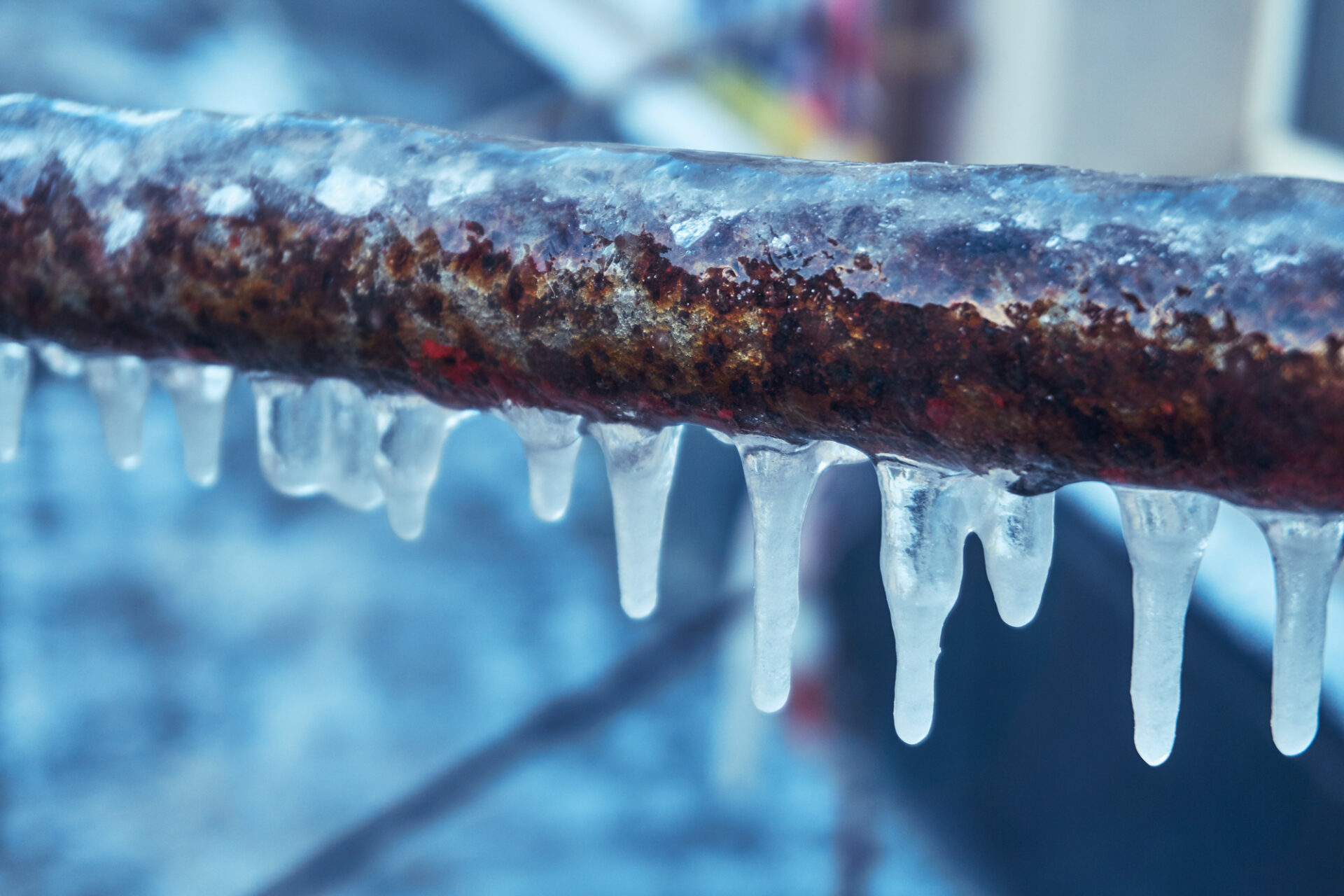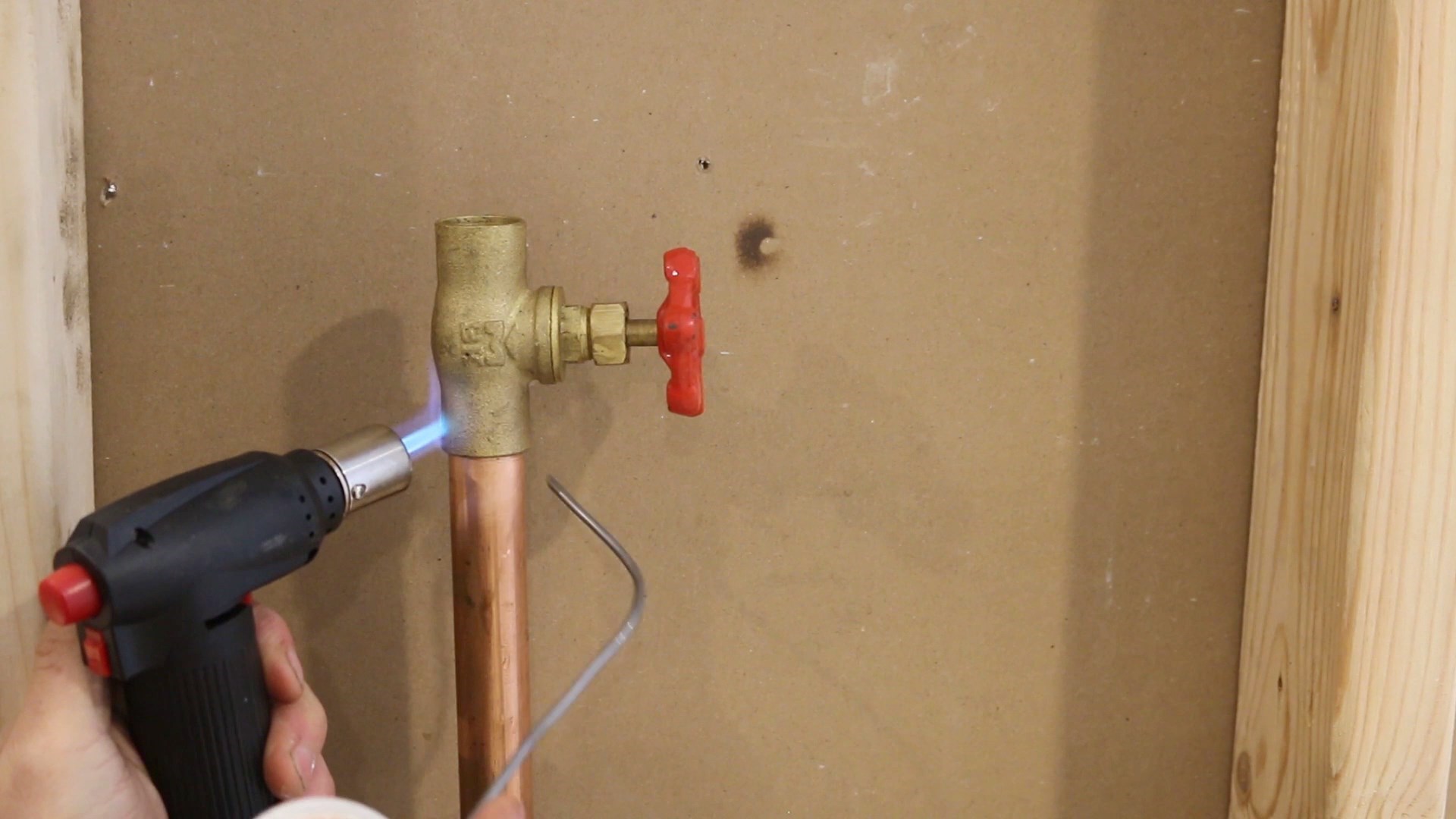Our Ultimate Guide: A Few Winterizing Techniques to Avoid Pipe Bursts in Chilly Conditions
Our Ultimate Guide: A Few Winterizing Techniques to Avoid Pipe Bursts in Chilly Conditions
Blog Article
Just how do you really feel in relation to Prevent Freezing and Bursting Pipes?

All home owners who stay in temperate climates have to do their best to winterize their pipes. It is something you should do during fall prior to deep winter months truly begins. Failure to do so can spell disaster like frozen, broken, or burst pipes. If the weather outside is frightful, below are some handy winterizing hacks to keep your plumbing system protected even.
Try a Hair Dryer or Warmth Gun
When your pipes are virtually freezing, your trusty hair clothes dryer or heat weapon is a blessing. If the hot towels do not assist dislodge any type of clearing up ice in your pipes, bowling hot air directly right into them may aid. However, do not utilize other items that generate straight fires like an impact lantern. This can lead to a bigger disaster that you can not control. You may wind up destructive your pipelines while attempting to thaw the ice. As well as in the long run, you may also end up shedding your residence. Beware!
Open Closet Doors Hiding Plumbing
When it's chilly outside, it would certainly be practical to open cabinet doors that are masking your pipes. Doing this small technique can keep your pipelines cozy and restrict the possibly harmful outcomes of freezing temperature levels.
Require Time to Wrap Exposed Piping
One easy and also cool hack to heat up freezing pipelines is to wrap them with warm towels. You can cover them first with towels. After safeguarding them in place, you can pour boiling water on the towels. Do it slowly to allow the towels soak up the liquid. You can likewise utilize pre-soaked towels in hot water, simply do not neglect to wear protective gloves to protect your hands from the warm.
Switch on the Faucets
When the temperature level drops as well as it appears as if the cold temperature will last, it will certainly aid to switch on your water both inside your home as well as outdoors. This will keep the water moving through your plumbing systems. Furthermore, the motion will certainly reduce the cold procedure. Significantly, there's no demand to turn it on full force. You'll end up throwing away gallons of water by doing this. Rather, aim for regarding 5 declines per minute.
Turn off Water When Pipes are Frozen
If you see that your pipes are entirely frozen or virtually nearing that stage, turn off the major water shutoff promptly. You will normally locate this in your basement or utility room near the heating unit or the front wall closest to the street. Turn it off right away to avoid further damage.
Do not neglect to close exterior water sources, also, such as your hookup for the yard home. Doing this will certainly avoid extra water from filling up your plumbing system. With even more water, more ice will pile up, which will ultimately lead to break pipelines. If you are unsure regarding the state of your pipes this winter months, it is best to call a specialist plumber for an inspection. Taking this proactive approach can save you hundreds of bucks in repairs.
All home owners who live in temperate climates should do their best to winterize their pipes. Failure to do so can lead to calamity like frozen, broken, or burst pipelines. If the hot towels do not aid dislodge any kind of resolving ice in your pipelines, bowling hot air directly right into them might aid. Turn off the primary water shutoff instantly if you discover that your pipelines are entirely frozen or almost nearing that stage. With even more water, even more ice will certainly stack up, which will ultimately lead to break pipelines.
PREVENT YOUR PIPES FROM FREEZING THIS WINTER
A Leading Cause of Property Damage
When the weather is taking a deep nose dive into the cold dreary days, the risk of your pipes freezing and potentially bursting skyrockets. Unfortunately, during these cold dreary months, burst pipes are the most common denominator for property damage. The pipes that are most at the risk are those that are in areas where it is most cold in your home. For instance, pipes located in interior places such as basements, attics, and your garage. Unfortunately, that doesn’t mean that the pipes running through your cabinets or exterior walls can’t freeze. Good news, however, is that you can do things to help prevent pipes from freezing.
How to Prevent Pipes From Freezing
Once the temperature starts to drop during the winter, you should be taking the proper measures needed to ensure that your pipes stay warm and that there is circulation of water through them. Some steps that experts may recommend could go against your better judgement when it comes to saving water and heat. However, it would go without saying that when expenses are compared, damaged pipes could put a bigger dent in your wallet than a water bill.
What Can I Do?
Keep your garage door closed. This is very important, especially if you have water supply lines running through your garage. Open your kitchen and bathroom cabinets to allow warm air to circulate through them. Allow air circulation throughout your home. Keeping the interior doors open will once again allow the warm air to circulate inside your home. Ensure your thermostat is running the same temperature throughout the night and day. If you plan to be away from home during the cold months, set your temperature no lower than 55° F. This should provide enough heat to keep the pipes warm and prevent any remaining water inside the pipes from freezing. For more of a long-term solution, add insulation to attics, basement, and other crawl spaces around your home. By allowing your faucet to drip, it will alleviate pressure in the system. This is important because the pressure that is created between the blockage and the faucet can potentially cause the pipes to burst. Allowing the faucet to drip will prevent the pressure from building up, therefore keeping the pipes from bursting. Seal any cracks, openings, and crawl spaces around your home to prevent cold air from coming inside. This keeps your pipes-not to mention your home-warmer and less susceptible to issues caused by freezing temperatures. For the pipes in your home that are easily accessible, applying electrical tape to them might prevent them from freezing over. This is a quick fix, as you can apply the tape directly to the pipe. There are two options for heating tapes. One turns on and off by itself when it senses heat is needed. The other type of heating tape needs to be applied when heat is needed and removed when not necessary. If you have exposed pipes in your home, you can check this website to take a look at a few options that would be available at a shop near you.

We hope you enjoyed reading our excerpt about Winterizing Your Pipes. Many thanks for finding the time to browse our piece of content. Sharing is good. Helping people is fun. We cherish reading our article about Winterizing Your Pipes.
Get A Quote Report this page